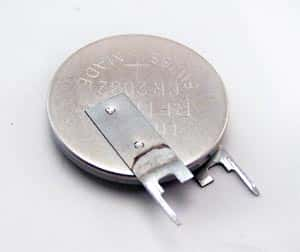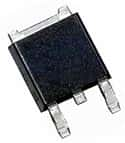Ultrasonic technology has some unique advantages over other types. With ultrasonic methods, you can solve several application problems that become cost prohibitive or simply cannot be solved by other methods. Some of these are: long range detection, broad area detection, widest range of targeted materials and non-contact distance measuring.
In simplest terms, ultrasonic ranging is a method of echo-location. Most of us have used echo-location to know the distance to the cliff producing the echo, the distance of the thundercloud or the depth of a deep well. The principle is simple, note the time taken for the sound to travel and multiply it with the speed of sound. For example, you may hear the sound of thunder 3 seconds after you see the flash. The source of the sound is then 3 times 330 or 990 meters away, as sound travels roughly at 330 meters every second in air. Thunder is visible almost instantaneously, as light travels nearly 1,000,000 times faster than sound does.
The only difference in ultrasonic ranging is the use of sound frequencies that are beyond the range of normal human hearing. Young humans can hear sounds with frequencies ranging from 20 Hz to 20 KHz, with the upper limit dropping off to 15 KHz or even to 10 KHz with advancing age. Frequencies of 30 KHz to 40 KHz are common in ultrasonic ranging.
In ultrasonic ranging, a burst of high-frequency sound is generated, and a timer is started simultaneously. The timer stops as soon as the echo arrives. The burst of sound leaves the transmitter, hits the target object and returns to the receiver. Therefore, it took only half of the total time elapsed for the sound to reach the target object. This half-time multiplied by the speed of sound in the medium gives the distance of the target object from the source of the sound.
Although the sensors for producing the ultrasonic sound and for receiving it may take many complicated shapes depending on the actual application, for general purpose ultrasonic ranging, the sensor module looks like:
The associated electronics on board the sensor module consists of a microprocessor programmed to generate a burst of sound on trigger. The microprocessor also measures the time taken to receive the echo (time of flight) and thereby calculates the distance.
Ultrasonic ranging is mostly used in two ways for locating objects – proximity detection and precise range measurement. In proximity detection, any object passing within the preset range will be detected and the module will generate an output signal. The detection will be independent of object size, material or degree of reflectivity.
Ultrasonic ranging is also used for precise measurements of an object moving to and from the sensor. As explained earlier, the time of flight is measured for calculating the distance between the sensor and the object. By repeatedly sending sonic bursts and measuring the echo received, the distance of change is continuously calculated and displayed.
Depending on the frequency of sound generated by the ultrasonic transducer, the sensing range can vary from a few centimeters to about 10 meters.



